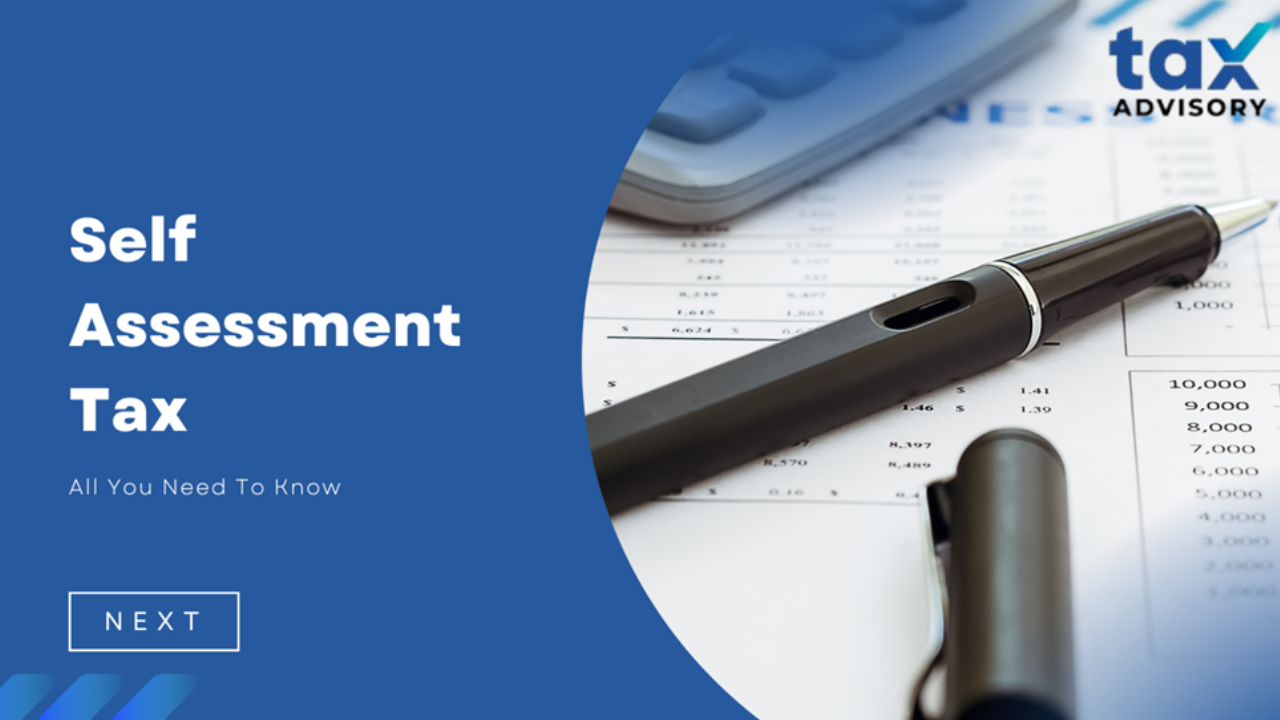Self Assessment Tax: All You Need To Know
Self Assessment Tax (SAT) is the tax amount that an individual is required to pay on their income, excluding the Advance Tax and TDS already deducted for the financial year. This tax is mandatory for individuals who need to file their income tax returns and is to be paid by them beforehand. For filing SAT, a taxpayer is required to submit Challan 280, which is also used for e-filing income tax. Above mentioned self assessment tax meaning.
The payment of SAT (self assessment tax 300) is not bound to a specific date as it is calculated at the end of the financial year. However, it is recommended that taxpayers make the SAT payments before filing their income tax returns to avoid paying interest on the tax amount. This ensures timely payment of taxes and helps in avoiding any penalties.
Why Should One Pay Self Assessment Tax?
Pay self assessment tax is a legal duty for individuals and businesses in certain circumstances. The responsibility to file a tax return and pay taxes lies with the taxpayer, and failure to comply with these regulations may result in penalties and legal action.
The self-assessment tax system is designed to ensure that taxpayers accurately report their income and pay the correct amount of tax on time.
- This system also allows individuals and businesses to claim tax credits and deductions, which can help reduce their tax liability.
- Paying self-assessment tax is mandatory and essential for maintaining compliance with tax laws and avoiding legal consequences.
- It is levied when taxpayers fail to consider income while paying advance tax, when TDS is mistaken, or when a salaried employee earns income from investments unknown to their employer.
- Self-assessment is necessary to avoid inaccuracies in taxable income.
Calculation of Self Assessment Tax
If you need to calculate the SAT score, there is a formula that you can use to do so. This formula is as follows:
_(6).png)
Note: Late filing of income tax returns will attract interest under Section 234A, while late payment of Advance Tax may incur interest under Section 234B/234C.
What Happen After Incorrect Self Assessment
As per the provisions of the Income Tax Act, 1961, if a taxpayer inaccurately assesses their income and tax amount payable and files a return, it might be deemed defective. However, taxpayers are currently given an opportunity to correct their errors within 15 days of filing the return. If the assessee fails to rectify the errors within the stipulated timeframe, the filed return will be considered defective. Therefore, it is advisable for taxpayers to carefully review and accurately report all relevant details while filing their income tax returns to avoid any such complications.
Difference between Self Assessment Tax and Advance Tax
Self Assessment Tax and Advance Tax are two types of income tax payment in India. The main differences between the two are as follows:
- Self Assessment Tax is paid after the financial year is over, while Advance Tax is paid in instalments during the year.
- Self Assessment Tax is a one-time payment made while filing the tax return, while Advance Tax is paid in multiple instalments as specified by the income tax department.
- Self Assessment Tax is based on the actual income and deductions for the entire financial year, while Advance Tax is based on estimated income until that point in the year.
- self assessment in income tax applies to all taxpayers with tax payable income, while Advance Tax is applicable to individuals whose tax liability exceeds a certain threshold, and businesses, professionals, and self-employed individuals.
How To Pay Self Assessment Tax Online
To pay self assessment tax online, follow these steps self assessment of property tax:
1. Visit the official website of the Income Tax Department of India.
2. Sign in and click on e-Pay taxes, which will redirect you to the official website of NSDL.
3. Select "Challan no./ITNS 280" and choose "0021 (other than companies)".
4. Enter personal details such as name, address, contact details, and PAN card number.
5. Select the correct assessment year and choose Self Assessment Tax as "type of payment".
6. Select your preferred bank to make the payment and enter the amount of tax payable.
7. Complete the payment process on the bank's payment page.
8. After payment, a self assessment tax challan will be generated with transaction details and CIN.
9. self assessment tax challan download and keep a copy of the challan for future reference.
10. The details should reflect on Form 26AS after a few days, if not, furnish the details while filing the Income Tax Return for the financial year.
Overall, Self Assessment Tax is a payment made by taxpayers in India after evaluating their total income, deductions, and tax liability for a financial year. It ensures compliance with tax obligations and helps settle outstanding tax dues, contributing to the accurate assessment and fulfillment of individual tax responsibilities


.jpg)
.jpg)
.jpg)

